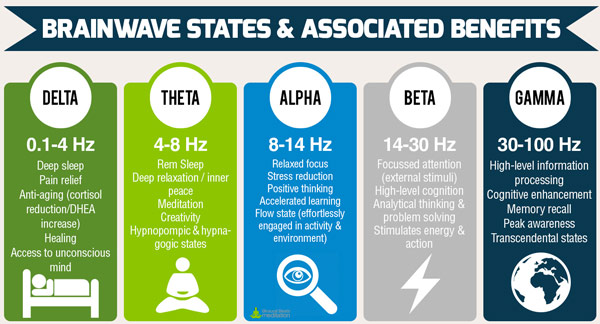
I am somewhat hesitant to write about meditation. I was interested in it from an early age. I never really immersed myself into it until I started doing Tai Chi in my late twenties. My Tai Chi instructor recommended all his students practice some form of meditation.
So, I tried for several years with little tutelage. When I got to Denver in 1988, I had a chance to attend an introductory lecture on Zen Buddhism at the Denver Zen Center. I liked it.
I spent the next several years under (now retired) Roshi Danan Henry at the Denver Zen Center. Once I finished graduate school I took a post-doc position at the University of Texas at El Paso and had to leave the Denver Zen Center. I continued my meditation practice and still continue it today.
I’ve been told that meditation is great for various things. I make no claims one way or the other, but I still try to “sit” as it is referred to in Zen, once a day for 30-60 minutes per day. I rarely miss a day; it is simply what I do.
It seems to settle my mind. If I can’t sleep, I’ll simply get out of bed and sit for a while. I usually go right to sleep afterwards. It is good for calming the mind. In that calming, there are hormonal changes, i.e., cortisol (the stress hormone) is reduced.
I’ve been told that meditation has all these wonderful side-effects. After more than 30-years, it has changed me, but I can’t put my finger on anything in particular.
I can attest that it is good for calming your mind. Anything that can help calm your mind has beneficial health effects. For that alone meditation should be sufficient.
I would recommend finding a good Zen teacher and working with that person. I think that is hard, because after leaving the Denver Zen Center, I haven’t sought out another teacher. And most people don’t have the time to wait 10-years much less 5-years to learn how to meditate.
Although, if you do maintain a reasonable practice, you should be able to calm your mind.
For those who would like to experience some form of the peace of meditation, I do think that it can be experienced listening to certain types of recordings. Recently, I came across binaural beats.
Binaural Beats
Binaural beats, or brain wave entrainment, is a technique of using sound to force cross-communicate across the corpus callosom, i.e., the body of tissue connecting the right and left hemispheres of the brain. The tones introduced into each each has a different frequency (tone.) The brain naturally integrates the sound producing various states of mind via a frequency following response.
What we understand is that the brain operates at different frequencies during various stages of consciousness. The following diagram illustrated the states and the various wavelengths associated with them:

So, by listening to binaural sound, you can cause the brain waves to operate a different frequencies. If you go to the holosync or binauralbeatsmeditation you can get a deeper explanation of binaural beats or brainwave entrainment (and a free demo.)
A bit of warning about youtube binaural beats
If you go to youtube.com, you can search for various recording of binaural beats. The problem with youtube sounds is that they resample the sound so it no longer has the original frequencies. For that reason I recommend going to a website that specializes in binaural beats.
Also, some binaural beat recordings give me a headache. If this happens stop lis
Legitimate places to get binaural beats.
One of the first places that I encountered binaural beats was via holysnc. Holosync has a free introductory 5-day challenge, which I think will give you a good idea if it will work for you.
I am investigating several other websites that offer brainwave entrainment and will add them as appropriate.

 by
by